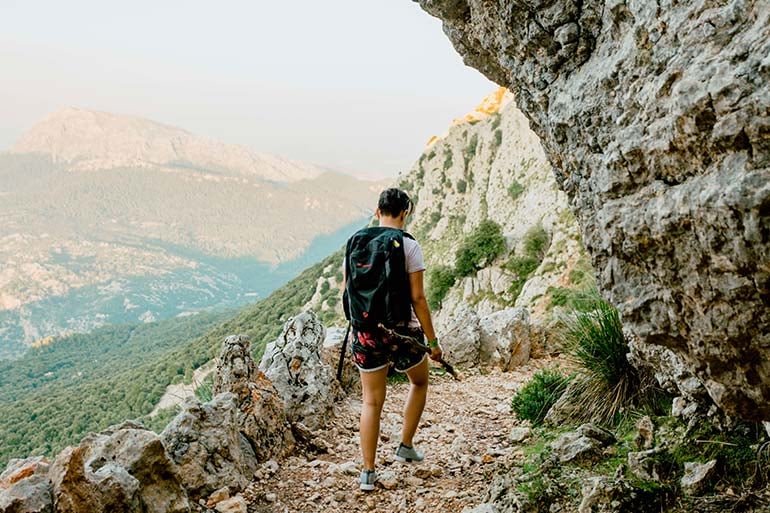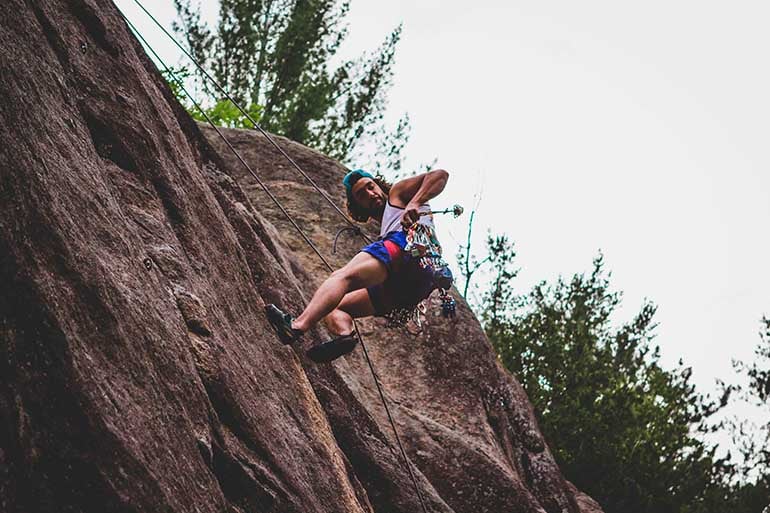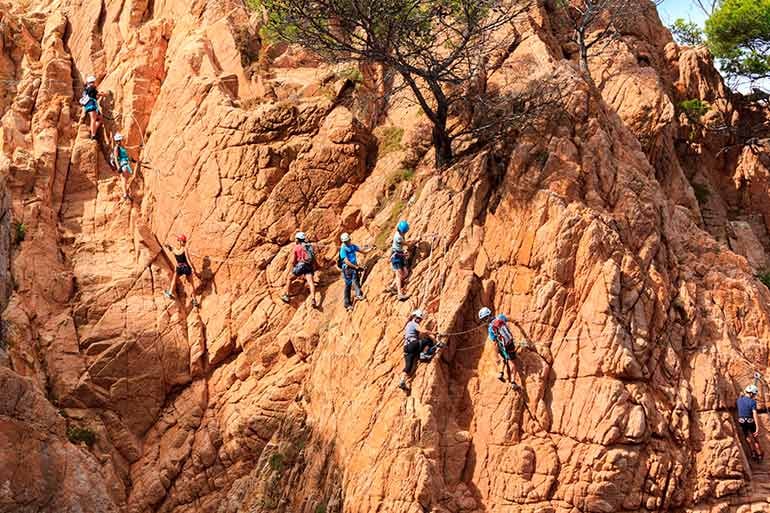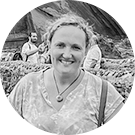December 23, 2024
August 8, 2019
When practicing any type of sport or activity in a mountain environment, we have to be aware that zero risk and luck do not exist; we are simple players on a pitch with many variables and, depending on our decisions, we will face the game in one manner or another.
In this article, we’re focusing on the accident part of these fun summer activities in Madrid and other parts of Spain, because – although it’s obviously not our favourite part of the game – it’s definitely not a part to be ignored. Don't take your next long hike in Spain without knowing the dangers!
The Sports: Hiking has the most accidents!
So, in which activity can we find the greatest risks? Probably the “extreme sports” right? Like rock climbing, bouldering, mountain biking, trail running, ice climbing, alpinism…Well, you might be surprised; the activity with the highest accident rate is hiking, with 27% of all accident reports processed. The large majority of reported accidents are sprained ankles, superficial wounds or minor bone fractures. Imagine hiking Spain's famed Camino de Santiago without proper insurance in light of that statistic...

On the other hand, it’s understandable that hiking causes many injuries, because when thinking of what to do in Madrid in August, hiking in the shady mountains logically comes up in as a number one option for a large part of the population, turning hiking into the most common mountain activity.
Okay, and to be honest, the runners up for injuries are mountain races, with 22% of all injuries. This is mainly due to the extraordinary growth that this young sport has experienced in recent years (to get an idea, there are more than three hundred competitions per year in Spain). The third sport in volume of accidents (13%) is outdoor rock climbing, a fairly high percentage for a relatively small group of climbers.
The People: Men tend to get hurt more often
And who are the winners in this category? The people whom most accidents happen to in the Spanish mountains are males between 31 and 40 years old, according to data collected by the Spanish Federation of Mountaineering (FEDME).
The pre-eminence of injured men (74%) compared to women (26%) is overwhelming and seems to correspond with the proportionality of men-women who practice mountain activities, taking into account that – according to the 2015 Spanish Sports Habits Study – the female presence in this area is 21%.

Regarding age, 33% of those who report an accident to their insurance are between 31 and 40 years old, followed closely (28%) by those between 41 and 50 years old. 25% of injured federates are over 51 years old, compared to 14% of those under 30 years old. The figures are not surprising, knowing that the average age of the federated is 45 years old and that the trend is a shift towards the older ages (simply put: the mountaineer is getting older).
Accidents have been proven to happen to a greater extent during the descent (60%), when our energy is diminished and, once the objective is fulfilled, we relax and lower our guard.
Prevention: Steps you can take to prevent injury
In the mountains, the risks we play with are basically categorized in the following elements:
Human element, interrelated with our behaviour during the activity, as well as with the previous determinations (planning); for example, not carrying enough food or water, miscalculation of time needed for climbs, etc.
Environmental element, caused by the environment in which we are practicing our activity: stone fall, slippery ground, etc.
Material element: bad choice of clothing, failure of any device or tool, wrong choice of footwear, etc.
A very high percentage of accidents and rescues in our beloved mountains are avoidable, because they are partly due to the only factor we can actually control: ourselves. In other words: incorrect or inadequate decisions in a complex setting, in their turn mainly due to a lack of technical preparation and experience (lack of knowledge or poor knowledge of the different techniques).
So to enjoy the mountains to the fullest and beat the accidents before they happen, follow this six-point code:
- Prepare your itinerary
- Equip yourself appropriately
- Check the weather predictions
- Know yourself (your limits)
- Tell others where you are going
- Train properly, with the best professionals
Insurance in Spain
Now, having checked all these boxes, minimizing risks as much as we possibly can, there is only one thing left to do: be honest and admit that we can’t control everything. We shouldn’t ignore those remaining risks. For all those factors, we should be able to trust on an insurance to give us the backup and security we need to enjoy without a worry on our mind.
Actually, many of the Spanish states have made it obligatory to either be federated or have a private insurance contracted. In case of an accident occurring in the mountains without having an adequate insurance, the costs for a possible rescue operation would have to be paid entirely by yourself, reaching up to thousands of euros.
For this reason, many companies offering mountain sports or guided activities require you to pre-purchase insurance before you go on tours (or it is included in the price.)
Moreover, as an expatriate we have a series of specific needs and characteristics that aren't always adapted to the public healthcare system. Discover the differences between public and private healthcare in Spain:
.png?width=344&height=67&name=logo_caser%20(2).png)









Let Us Know What You Thought about this Post.
Put your Comment Below.